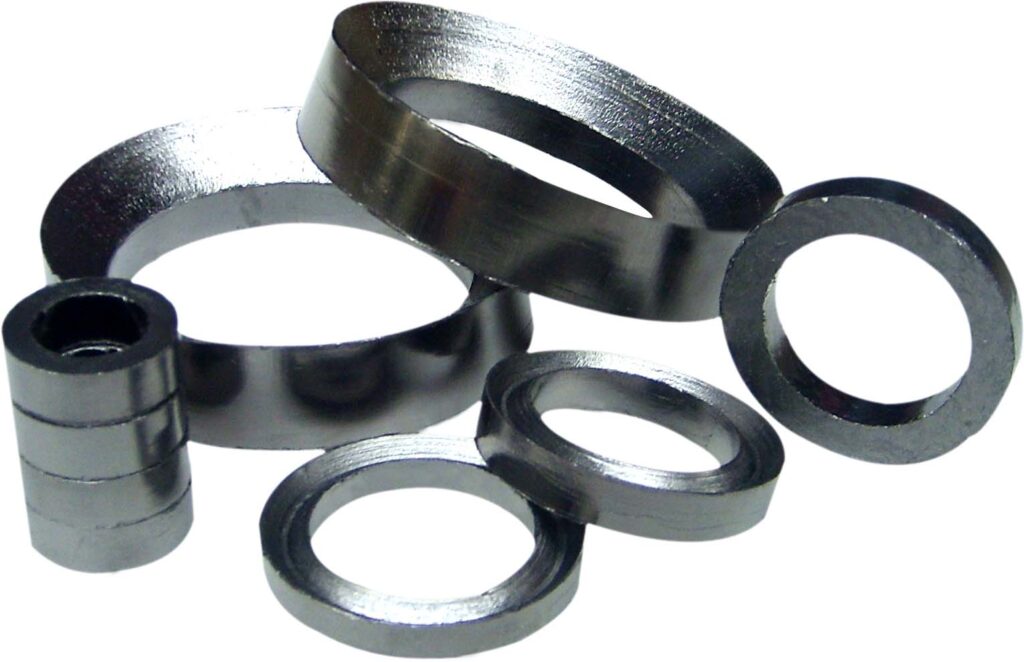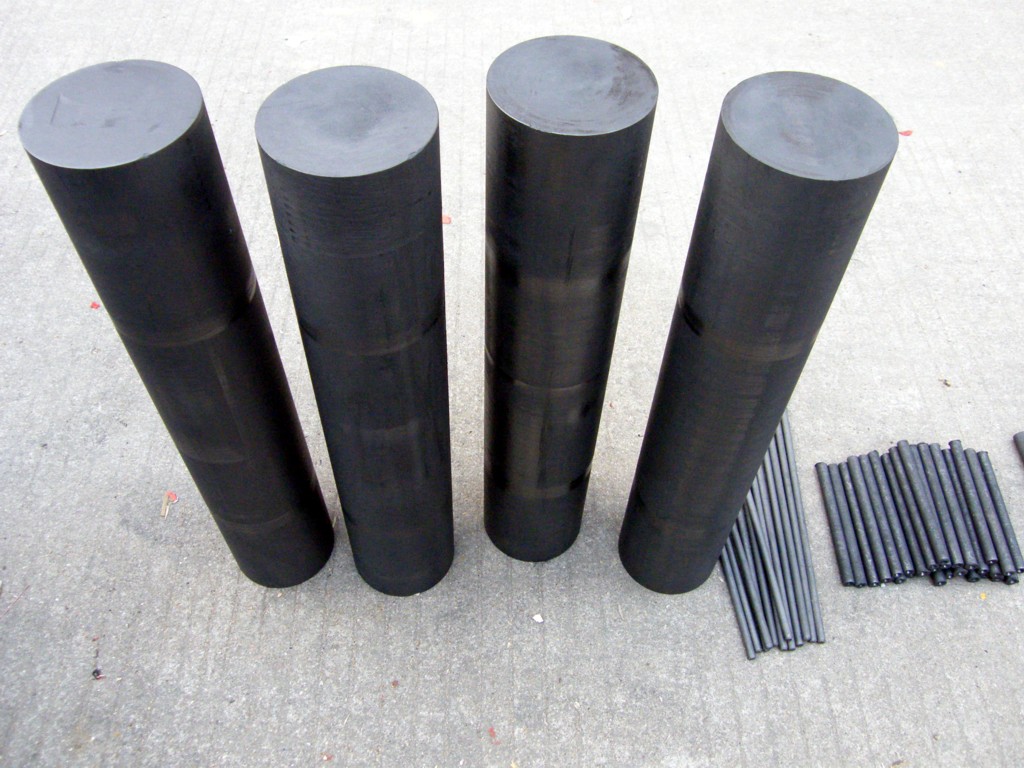Graphite electrode are essential tools in modern manufacturing, particularly in steel production. These cylindrical rods, made from high-purity graphite, play a crucial role in electric arc furnaces (EAFs), where they generate intense heat to melt scrap metal and create new steel. Let’s dive into what makes them so important and how they work.
First, graphite electrodes are designed to withstand extreme temperatures. When electricity passes through them, the graphite material conducts current efficiently, producing an arc that can reach up to 3,600°C (6,500°F). This heat is powerful enough to melt even the toughest metals, making them ideal for recycling scrap into new steel products. Unlike other materials, graphite doesn’t easily oxidize or break down under such conditions, ensuring long-lasting performance.
The manufacturing process of graphite electrodes is complex. It starts with raw materials like needle coke and coal tar pitch, which are mixed, pressed into shape, and baked at high temperatures to form a dense, durable structure. This process, called graphitization, transforms the material into a highly conductive form of carbon. The result is a strong, lightweight electrode that can handle the demands of industrial furnaces.
One of the key advantages of graphite electrodes is their efficiency. They allow for faster melting times compared to traditional methods, reducing energy consumption and production costs. Additionally, graphite’s low thermal expansion coefficient means it doesn’t expand much when heated, preventing cracks or breakages during operation. This reliability is critical in industries where downtime can be costly.
Graphite electrodes are also eco-friendly. By enabling the recycling of scrap metal, they support sustainable steel production. Electric arc furnaces powered by these electrodes produce fewer greenhouse gas emissions than traditional blast furnaces, aligning with global efforts to reduce carbon footprints. This environmental benefit has made them increasingly popular as industries adopt greener practices.
However, like any tool, graphite electrodes require proper care. They must be stored in dry, clean environments to avoid damage from moisture or dust. During installation, technicians ensure a tight fit to prevent electrical arcing, which can cause premature wear. Regular inspections help identify cracks or signs of oxidation, allowing for timely replacements and maintaining optimal performance.
In summary, graphite electrodes are indispensable in modern steelmaking. Their ability to withstand extreme heat, conduct electricity efficiently, and support sustainable practices makes them a cornerstone of the industry. Whether you’re involved in manufacturing or simply curious about industrial processes, understanding graphite electrodes provides insight into the technology that shapes our world.


